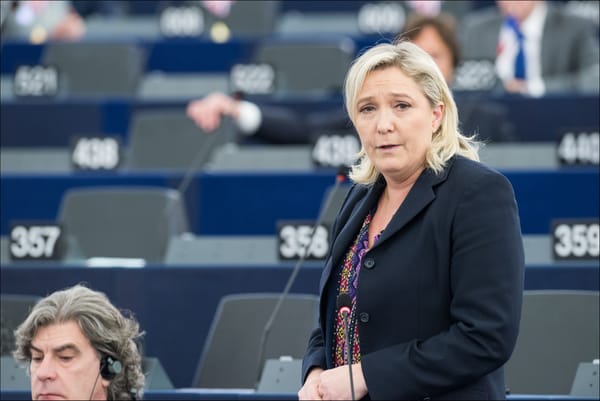In the end, it wasn’t close. The results of the French presidential election reflect the regional, ethnic, and class divides that define 21st-century France. The large urban centers, where the professional classes and ethnic minorities live, went massively for the incumbent, Emmanuel Macron; he received over 85 percent of the Parisian vote. The countryside, especially the deindustrialized northeast, areas populated by the native working classes, went for Marine Le Pen. Macron won because he is better at uniting the older, metropolitan bourgeois (who show up to vote) than Le Pen is at rallying the rural and working classes (who don’t).
The results demonstrate the weakness of Le Pen’s strategy of trying to sound less conservative to win support beyond the right. In the second round, Le Pen distanced herself from Éric Zemmour and his supporters, to woo the left-wing supporters of Jean-Luc Mélenchon. But Mélenchon’s party represents Muslims and urban professionals. That electorate would rather accept Macron’s ultra-liberalism in perpetuity than permit any pause on mass immigration. They are more anti-Le Pen and anti-Zemmour than they are anti-Macron.
Le Pen bought into the idea that buried in those Mélenchon votes is a working class ready to be mobilized by an anti-capitalist campaign, provided it tones down the nationalism. But this idea is a fiction, borrowed from the left’s own mythology. The urban working class that prioritized its own solidarity has vanished. They have been driven out of the cities, consigned to small-town life and an early retirement.
“The constitutional order that she hopes to lead no longer exists..”
